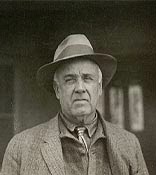 |
| Images Source: Smithsonian Education |
The Ochoa Plane
Ochoa's machine is made of a framework of steel spring and steel tubing which he has contrived to put together in such a manner that it can be folded by working a lever. Over the framework is stretched a canvas covering. The plane is about twenty-six feet wide and the machine measures from front to back only six feet. The rear rudder is similar to a bird's tail.
The whole arrangement is mounted upon two bicycle frames whose wheels form the groundwork of the aeroplane. Between the bicycle frames, the inventor has mounted a six-horse power motor, below which he has placed a seat for the operator. The whole machine weighs about 250 pounds.
The inventor has been working upon this aeroplane more than twenty years, and during that time has succeeded in putting together several machines that operated successfully for short distances. The first fruit of his labors was a marvelously accurate reproduction of a bird with six wings. With this he believed he had solved the problem of aerial flight. His earliest models, propelled by clockwork, flew with remarkable stability.
He also invented an adjustable wrench, electric brake, pen and pencil clip, reversible motor and windmill. He apparently also was a revolutionary with a $50,000 dead-or-alive price on his head. Quite a guy!
Smithsonian Education: Victor Ochoa Mexican inventor


Comments